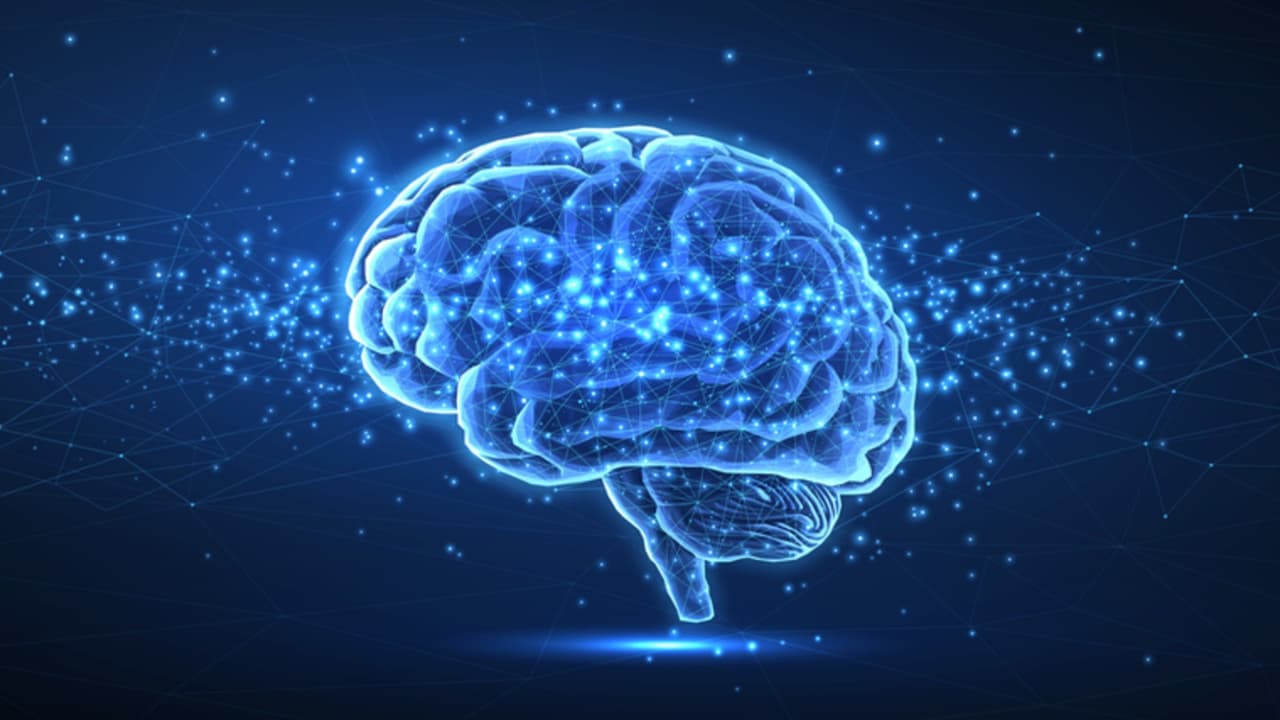Johns Hopkins scientists have created a small lab-grown human brain model with working brain cells and blood vessels. This breakthrough may help study diseases like autism and schizophrenia, and test new treatments more safely.
In an exciting scientific breakthrough, researchers at Johns Hopkins University have grown a miniature human brain in the lab. This tiny brain is called a multi-region brain organoid (MRBO). It mimics several connected parts of a real human brain and even shows electrical activity, just like our brains do when we think or feel. What makes this organoid very special is that it includes different brain regions working together, not just a single part. It also has early blood vessels and behaves like a human brain in the early stages of life. Scientists believe this discovery could help them better understand complex brain diseases such as autism, schizophrenia and even Alzheimer’s.
How the mini brain was made
The research team, led by Dr. Annie Kathuria, first grew different types of brain cells and early blood vessels in separate lab dishes. They then joined these parts using a special sticky protein, which helped the tissues connect and grow together. Once the pieces merged, the tiny brain started sending out electrical signals, an important sign of real brain activity. The organoid resembles the brain of a 40-day-old human fetus. It contains about 6 to 7 million neurons, far fewer than the tens of billions in a full-grown brain, but still enough to study early brain development. It also showed signs of forming a blood-brain barrier, which helps protect the brain from harmful substances.
A new way to study brain diseases
Studying the human brain directly is very difficult. We can’t just open someone’s head to see how diseases like autism develop. That’s why this lab-grown mini brain is such a big step forward. It lets scientists watch how diseases begin and grow in real time, using human cells, not animal ones. Dr. Kathuria, as quoted by Science Daily, explained, “We can now test treatments on these mini-brains and even design therapies for individual patients.” This could be especially helpful because most new drugs fail in early clinical trials, especially those meant for mental health problems. One big reason is that researchers mostly use animal models that don’t behave like human brains. These new brain organoids could help change that.
A hopeful path for future treatments
Diseases like autism, schizophrenia and Alzheimer’s affect the entire brain, not just one part. That’s why having a whole-brain model is important. Scientists believe that by watching how brain organoids develop, they may find new ways to spot problems early, test medicines more accurately, and even help in personalized treatment in the future. While this mini brain doesn’t think or feel like a real human, it gives researchers a valuable tool to unlock the mysteries of our minds and maybe, one day, bring relief to millions living with brain disorders.
